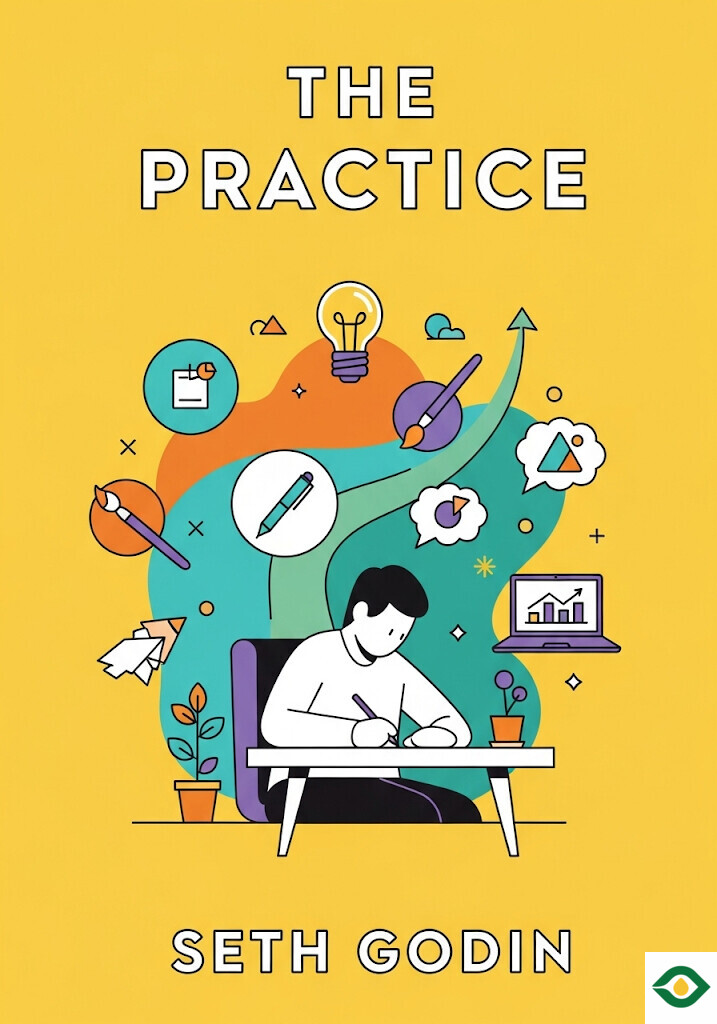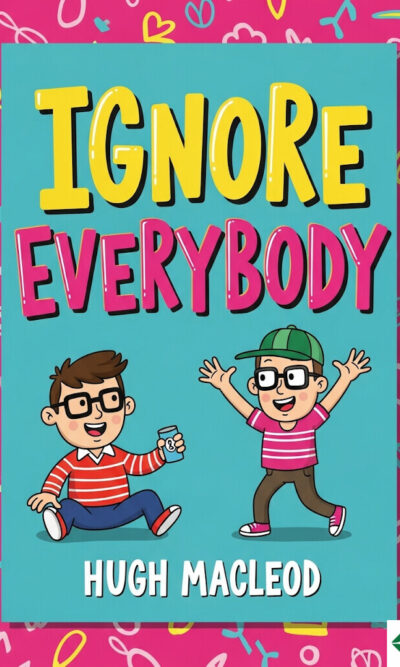Description
Creativity often feels like magic, but it is not something only a chosen few can access. Every person has creative potential, whether it shows up in a quick doodle, a humming tune, or an idea scribbled in a notebook. The important truth is this: creativity is a skill. Like any skill, it can be practiced, improved, and transformed into something powerful. What separates hobbyists from professionals is not pure talent, but process, persistence, and the willingness to share their work with others.
The first step to building a creative life is trust. You must trust yourself and trust your process. The world often pushes us to focus on outcomes—book sales, ticket numbers, likes, and followers. But those numbers are not the real measure of creativity. What matters is the act of showing up to the work itself. Even if the notes don’t yet sound right or the words feel clumsy, the act of returning to the process is what builds strength. Feelings of doubt will always come, but feelings don’t decide success—actions do.
Creativity should not be hoarded. Too many people hide their paintings in closets or keep stories tucked away in drawers. If you want to grow as a creative, you must be generous with your work. That means sharing it with others, even when you feel vulnerable. Some worry that sharing equals “selling out,” but this is a misunderstanding. Art exists to create change, not to stay hidden. By putting your work in the world, you open doors for dialogue, feedback, and growth. Far from draining your creativity, generosity expands it. The more you share, the more ideas flow back toward you.
Once you’ve chosen to treat your art seriously, you must also treat it as a career. Hobbies are fine, but if you want to step forward as a professional, you must dedicate time, energy, and resources. One simple practice is to find your daily hour. Just as an athlete trains consistently, a creative must show up daily to refine their craft. Another essential point is valuing your work financially. Asking to be paid is not greedy—it is a recognition of value. When you are compensated fairly, you gain the freedom to reinvest in your tools, your learning, and your future growth. And just as important as time and money is the quality of people you choose to work with. Surround yourself with clients and partners who expect excellence and push you toward your best self.
Another element of growth is clarity of purpose. Before you begin any project, pause and ask yourself: Who is this for? What is it meant to do? Being specific about your audience and intention gives your work direction and power. You cannot reach everyone, but you can aim at someone with precision. Strangely, by narrowing your focus, you often end up reaching far more people than you expected. Purpose transforms scattered efforts into meaningful creation.
Many people fear creative blocks, but the truth is, blocks are often the product of perfectionism. The belief that work must be flawless before it can be shared keeps many ideas from ever being born. Perfection is not only impossible—it is unnecessary. Some of the most beloved creative work is celebrated not because it is technically perfect, but because it is alive, raw, and authentic. Releasing the demand for perfection frees you to create again. Progress matters far more than flawless results.
When you share your work, criticism will come. Some of it will be sharp, careless, or even cruel. But not all criticism is the same. Some people take the time to engage thoughtfully, pointing out what worked for them and what didn’t. These critics are valuable, because they push you to grow. Others may only want to tear you down, and their words can be safely ignored. The goal is not to please everyone, but to learn what you can, toughen your skin, and continue to create. Even rejection has lessons. The great artists of history were all criticized at some point. The difference between them and those who quit is that they kept going.
Greatness is not the result of being born extraordinary. It comes from persistence, focus, and context. Being part of a community of other creatives—people who inspire you, challenge you, and push your boundaries—can lift your work to new levels. Every famous artistic movement in history thrived on groups and cohorts, not lonely geniuses. Another path to greatness is identifying your superpower—the unique strength that sets you apart. Not everyone must be good at everything. By specializing, you carve out your niche. And finally, greatness requires deep learning. The best professionals never stop studying the field they love. They read, listen, observe, and keep filling their creative well.
An important truth often overlooked is that creativity flourishes under limits. Constraints, whether it is a smaller budget, fewer tools, or tighter deadlines, often push creatives into surprising discoveries. When you are forced to adapt, you find new methods and fresh approaches. Many breakthrough works were born not from unlimited freedom but from smart use of restrictions. Instead of resisting limits, embrace them—they sharpen creativity rather than dull it.
All of this leads to one powerful conclusion: creativity is not luck or mystery. It is a discipline. With trust in your process, generosity in sharing, clarity of intent, resilience against criticism, and the courage to let go of perfectionism, anyone can grow into a confident, professional creative. Constraints become allies, communities become fuel, and every action, however small, builds momentum.
In the end, creative success is not about a single masterpiece or one perfect performance. It is about the steady, committed practice of making, sharing, learning, and making again. Rejection will happen, doubt will rise, and critics will speak. But those who continue to create, who show up every day and trust their process, will find themselves transformed—not just into better artists, but into fuller, more courageous human beings.





